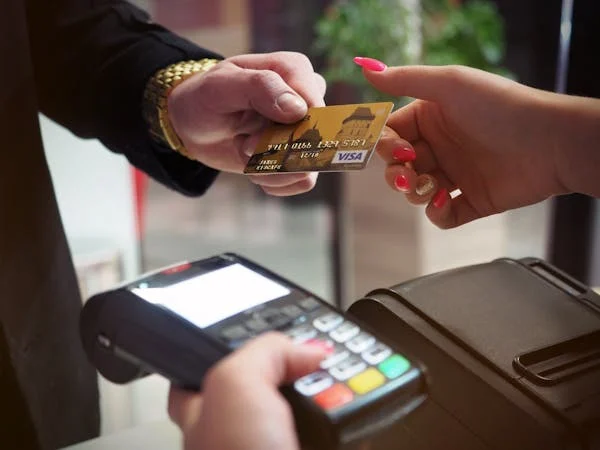Credit Cards for Bad or Fair Credit: How to Rebuild Your Score in 2024
Published: May 2025
"Bad credit doesn’t mean bad finances forever—it just means you need the right tools to rebuild." — Credit Coach
If your credit score is below 670, getting approved for a traditional credit card can feel impossible. But the right card can help you repair your credit, access emergency funds, and eventually qualify for better rates. This guide reveals what cards are available, how to use them wisely, and why rebuilding credit matters more than ever.
What Credit Score Do You Have?
| Score Range | Rating | Approval Odds |
|---|---|---|
| 300–579 | Poor | Secured cards only |
| 580–669 | Fair | Some unsecured cards |
| 670+ | Good | Most standard cards |
"Your credit score isn’t a life sentence—it’s a starting point."
Why You Need a Credit Card (Even with Bad Credit)
- ✅ Rebuild credit history (35% of your FICO score)
- ✅ Emergency backup (Better than payday loans)
- ✅ Qualify for better loans/financing later
"A credit card for bad credit is like a financial crutch—use it to heal, not to limp forever."
Best Credit Cards for Bad/Fair Credit in 2024
1. Secured Credit Cards (Best for Poor Credit)
- How they work: You deposit money as collateral ($200–$500), which becomes your credit limit.
- Top picks:
- Discover it® Secured (Cashback + credit-building tools)
- Capital One Platinum Secured (Flexible deposit options)
"A secured card is like training wheels for your credit score."
2. Unsecured Cards for Fair Credit
- No deposit required, but higher APRs (25–36%)
- Best options:
- Capital One QuicksilverOne (1.5% cashback, $39 annual fee)
- Credit One Bank® Visa® (Pre-qualification available)
3. Retail Store Cards (Easier Approval)
- Where to apply: Target, Walmart, Amazon
- Caution: High APRs (only use if you pay in full)
How to Use These Cards to Rebuild Credit
The 30% Rule
- Keep balances below 30% of your limit ($60 on a $200 limit)
- Ideal: Pay down to 1–10% before the statement closes
Payment Perfection
- Set up autopay for the minimum payment (avoid late fees)
- Pay the full balance weekly if possible
Credit-Boosting Hacks
- ✔ Become an authorized user on someone else’s old account
- ✔ Use Experian Boost to add utility payments to your report
- ✔ Dispute errors on your credit report (30% of reports have mistakes)
"Rebuilding credit is a marathon, not a sprint—but every on-time payment is a step forward."
5 Deadly Mistakes to Avoid
- 🚫 Maxing out your card (Hurts utilization = 30% of your score)
- 🚫 Missing payments (Drops score 100+ points)
- 🚫 Applying for multiple cards at once (Hard inquiries hurt)
- 🚫 Closing old accounts (Shortens credit history)
- 🚫 Using cards for cash advances (Fees + immediate interest)
How Long Until My Score Improves?
| Action | Time to See Impact |
|---|---|
| Paying on time | 1–2 months |
| Lowering utilization | 1–3 months |
| Building history | 6+ months |
| Removing collections | 30–60 days |
"It took time to damage your credit—it’ll take time to fix it."
Next Steps: Graduating to Better Cards
- After 6–12 months of on-time payments:
- Upgrade to an unsecured card
- Apply for cards like Capital One Quicksilver or Discover it®
- At 670+ FICO: Qualify for real rewards cards
Final Thought: Your Credit Score Doesn’t Define You
Bad credit is a temporary condition, not a permanent label. With discipline and the right card, you can rebuild—and unlock better financial opportunities.
"The best time to start repairing your credit was yesterday. The second best time is today."
Goodluck!